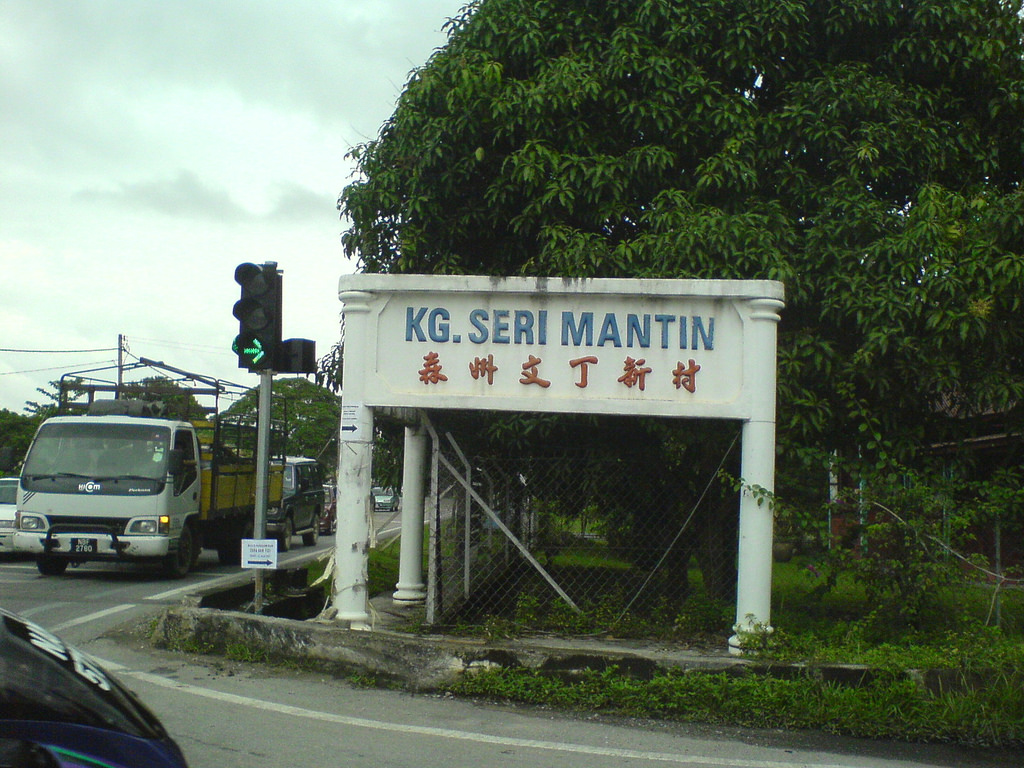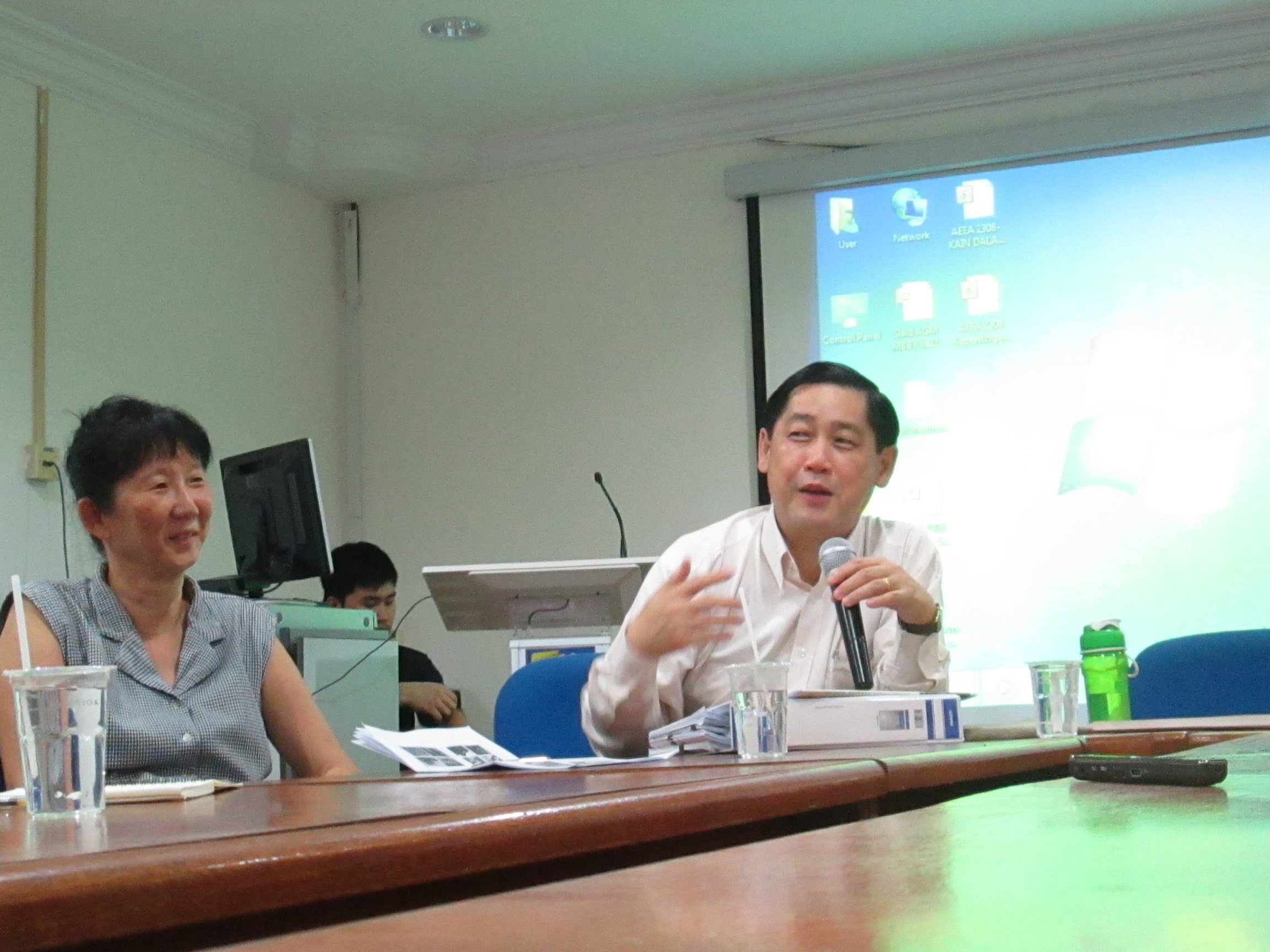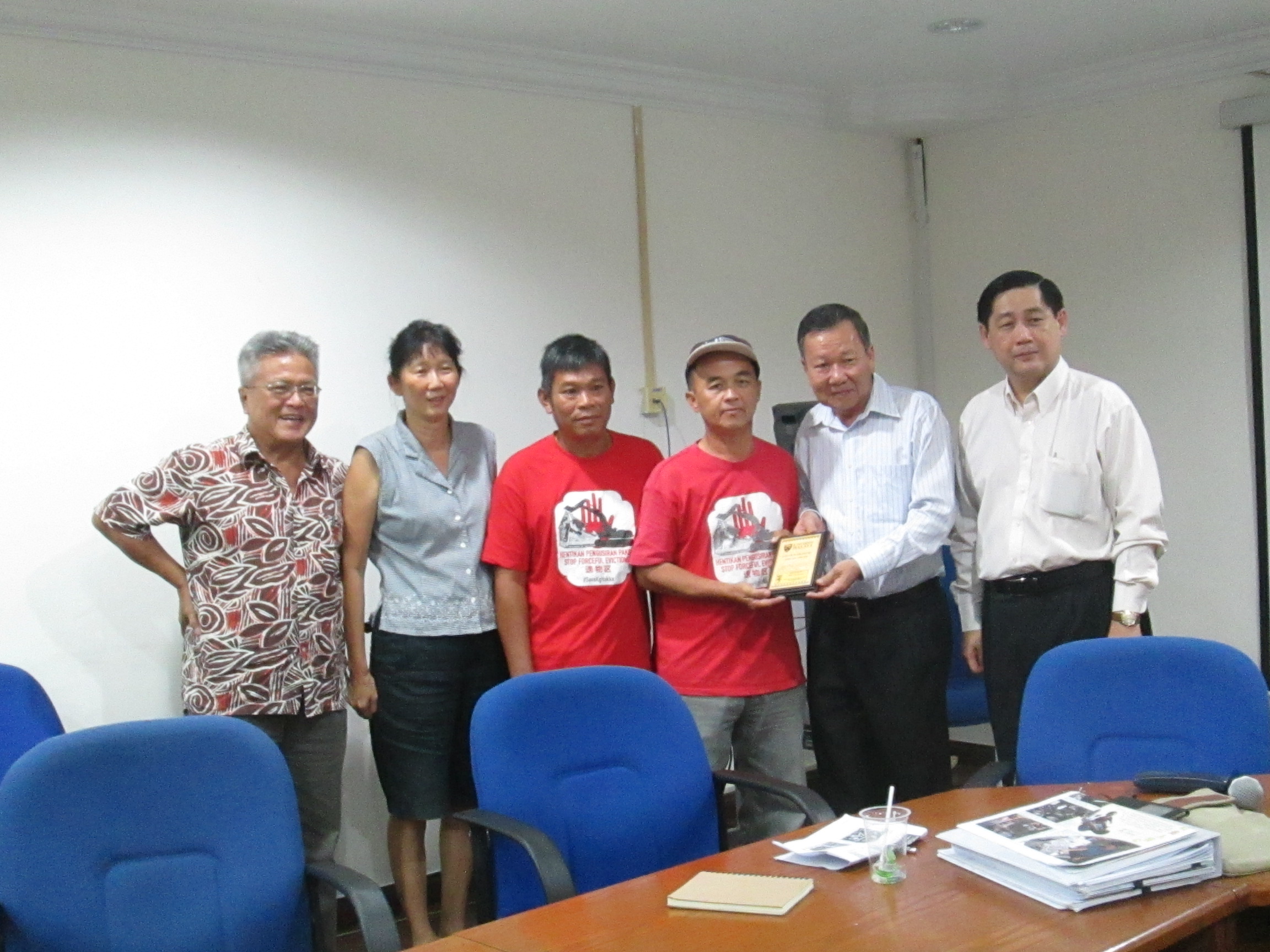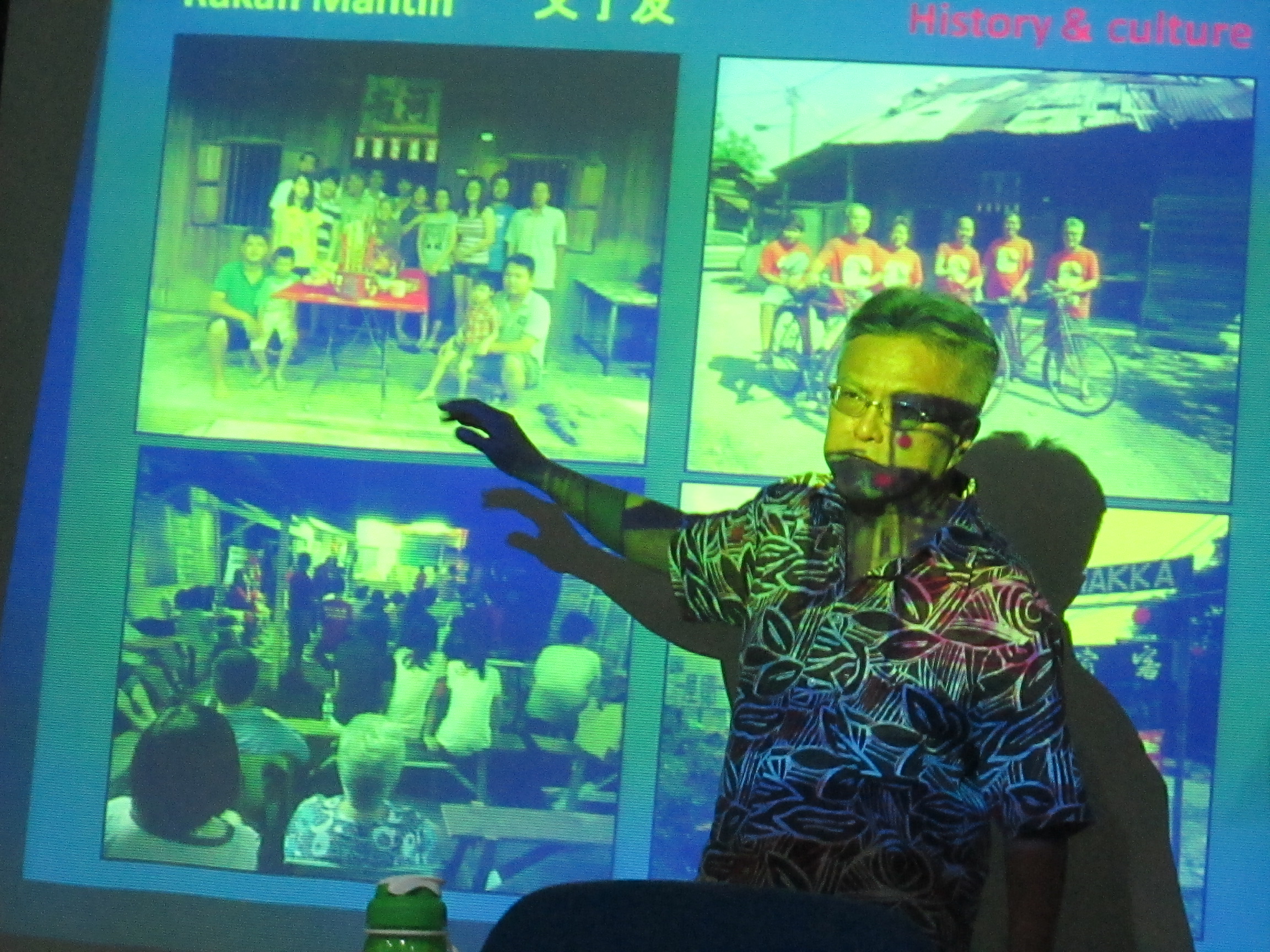14-10-2016 Kampung Hakka Mantin
MCRC Seminar: Kg Hakka Mantin Perspectives by Professor Danny Wong Tze Ken, CHan Seong Foong and Victor Chin
Date and Time: 3pm-5pm 14 Oct 2016
The Life and Times of the Early Migrants’ Settlement in Kampung Hakka Mantin
Mantin is a village located between Kajang and Seremban. It is now under the great threat of destruction to its century-old heritage. In order to maintain the village’s heritage and to assist the villagers in rebuilding their hometown, various activities are organized by prominent NGOs namely Rakan Mantin among others. Research is also frequently undertaken by the Malaysian Chinese Research Centre (MCRC). Through the co-operation of the MCRC and Rakan Mantin, a common goal is formed to preserve the village’s heritage and promote its local culture and lifestyle.
Rakan Mantin
Kampung Hakka Mantin is a village where people often ignore even when they happen to pass through it. The shabby village is considered by many as a ghost village that has been abandoned for years, yet quite a number of people still live there.
For years, the villagers have fought against various struggles within the little town of Mantin. Government authorities and property developers in Malaysia have jointly acquired the land in the villages. Houses have been demolished and residents were forced to leave their hometown because many of them were unable to provide documents which show ownership of the land.
The village’s history can be traced as far back to the 19th century. It was built by a group of Chinese migrant laborers who made a living through tin mining. According to the Map of Mantin, people are still able recognize the past settlements along the river. The river brings the villagers the tin resources and allows the residents to build on their wealth. When the Emergency was declared, Kampung Hakka Mantin went through a time of reorganization. The settlement was demolished and the villagers were regrouped and moved to the West of the village. It is argued that there is historical evidence to show that the villagers had ownership over the land.

The Rakan Mantin is now an active NGO which aims to promote and protect the historical and cultural landscape of Kampung Hakka Mantin from further destruction. The approach of running community activities to achieve their goal has been demonstrated through various cultural programmes. They have organized activities such as ' the last walk', to showcase the village’s culture and educate the villagers on how to actively protect their culture. With the success of events such as 'Last Walk 1' and 'Last Walk 2', hundreds of people were attracted to the Hakka village. They even had the chance of enjoying the local cuisine provided by the villagers. Rakan Mantin has designed a series of activities for visitors, such as cycling, walkabouts and food trips. The visitors have been taught to dig tin ores using ancient village methods. Rakan Mantin believes that such activities will have a long lasting impact for visitors. Through conferences, workshops, Rakan Mantin has played a part in telling the public of what the village looks like today and what it looked like in the past. Rakan Mantin encourages the visitors to enjoy the Kampung lifestyle and appreciate the beauty of nature.
A 20-minute film was made by Rakan Mantin highlighting the village’s past. It showcased how the pioneers built and developed the village through erecting schools, temples and houses. From one old lady's story in the film, people were drawn to how the villagers have fought hard to preserve the village’s history. The demolishment of many parts of the village meant the loss of 120 years cultural heritage. Now, the villagers have begun using wood to maintain and rebuild the old houses in the village. The Mantin Kampong Attap Centre was rebuilt by Rakan Mantin and is now used as an interactive hub where villagers make handicraft for visitors as souvenirs. The villagers find encouragement whenever visitors find time for a visit.
Role of the Malaysian Chinese Research Center
The MCRC has organized numerous fieldtrips to the village with the aim of analyzing the village’s rich history. The MCRC has also played a role in actively training young researchers. The MCRC has played a part in documenting the village’s history and verifying information gathered from various sources, in helping the local community preserve the village’s heritage.
From fieldwork, the MCRC has discovered that only 33 out of 250 houses still occupied, the rest are left empty and unoccupied. The village’s history can be traced back to over 100 years as a mining village, through analyzing gravestones dating back to 1905. Other forms of evidence include the Tham Koong Temple built in 1902, the Church of St. Aloysius in 1900, various administrative documents and the village’s cemetery. In documenting the migration pattern of the Hakka community, migrants were identified in numerous periods, such as in 1953, where one Hakka group moved into the village as settlers. Having seen various architectural structures, the historical development of the village was able to be closely monitored.
Still, numerous issues remain unresolved. Questions remain as to when the Chi Chi Primary School was first established. From a map dated 1961, the Hakka Village was not seen in the map. It was once considered as a red (communist) area during the 1961 municipal elections. In the future, the MCRC aims to continue with archival research such as fieldwork and interviews in order to resolve all unanswered questions.



